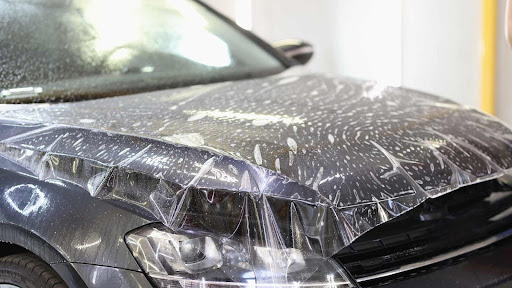How Does Auto Tinting Impact Fuel Efficiency?
When it comes to improving your car’s fuel efficiency, most people think about engine upgrades or better driving habits. However, one often-overlooked method is auto tinting. While it might seem surprising at first, tinting your car’s windows can indeed have an impact on how much fuel your vehicle consumes. Here’s how:
1. Reducing Heat Buildup
One of the primary benefits of auto tinting is its ability to reduce the heat buildup inside your car. During the summer months or in sunny climates, the interior of a car can become extremely hot when parked or even while driving. This heat forces the air conditioning system to work harder and longer to cool the car down to a comfortable temperature.
By reducing the amount of solar energy entering the vehicle, tinted windows help maintain a cooler interior. This reduction in heat means that your air conditioning system doesn’t have to work as hard, which in turn decreases the load on the engine and reduces fuel consumption. Studies have shown that reducing the use of air conditioning can lead to a noticeable increase in fuel efficiency.
2. Enhancing Climate Control
Tinted windows help stabilize the internal climate of your vehicle by minimizing temperature fluctuations. This means that your car’s heating, ventilation, and air conditioning (HVAC) system operates more efficiently, maintaining a consistent temperature without overworking.
Efficient climate control is particularly beneficial during seasonal transitions, where the weather can change rapidly. By lessening the demand on your HVAC system, tinted windows contribute to more stable fuel consumption rates, which helps maximize your car’s fuel economy over time.
3. Reducing Engine Load
Every time you use your air conditioning, the engine has to work harder, which increases fuel usage. Tinting helps minimize the need for air conditioning by maintaining a cooler cabin temperature. Even a small reduction in engine load can result in fuel savings, especially over long distances or in stop-and-go traffic where AC usage tends to be high.
4. Prolonging Vehicle Component Life
By keeping the interior cooler, auto tinting also protects and prolongs the life of your car’s interior components, such as the dashboard, seats, and electronics. This can indirectly impact fuel efficiency by reducing the energy required for maintenance and repairs of these components. A well-maintained vehicle generally runs more efficiently, conserving energy and fuel.
5. Reducing Glare and Eye Strain
Tinted windows also reduce glare from the sun and other vehicles, which can make driving more comfortable and less fatiguing. When drivers are less fatigued, they tend to drive more smoothly and efficiently, which can positively affect fuel consumption.
Conclusion
While the primary reasons for getting auto tinting may be privacy, protection from UV rays, and enhancing the car’s appearance, it’s clear that there are tangible benefits for fuel efficiency as well. By reducing heat buildup, improving climate control, and lessening engine load, auto tinting can play a subtle but important role in conserving fuel and enhancing the overall performance of your vehicle.
If you’re considering auto tinting in Orlando to improve your vehicle’s efficiency and comfort, Turbo Tint Orlando offers professional services to ensure you get the best results for your needs.


